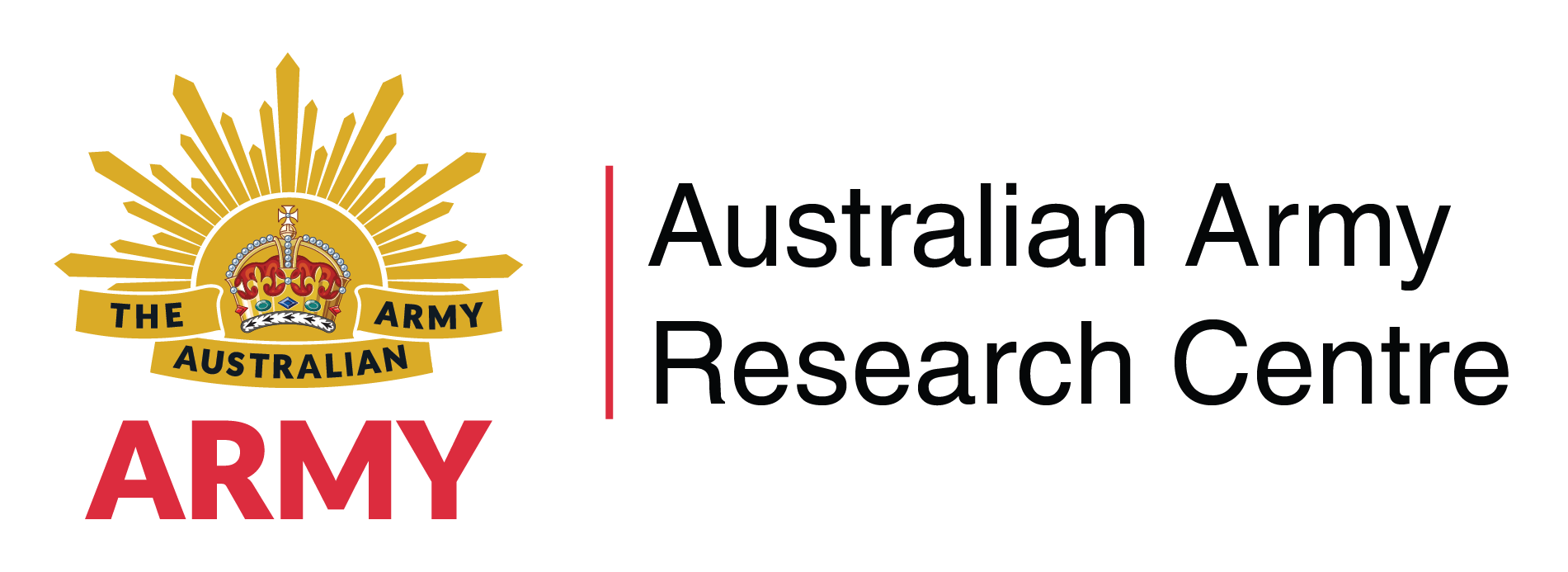Search
Using the filters to the left, click your selection, it will become bold and filter the results, click it again to remove that filter.
Report on Applied Research Directions and Future Opportunities for Swarm Systems in Defence The Australian Government’s 2020 Force Structure Plan outlined a total package of capability investment of approximately $200 billion over the next decade (2020). This expenditure will equip Defence to meet challenges in the future with new investments in strike platforms, littoral assets, helicopters, information effects, logistics resilience, and emerging robotics and autonomous systems. The 2018 Army Robotics and …
Foreword Based on almost any metric, Australia’s strategic circumstances are deteriorating. Not since the darkest days of the Second World War has it faced threats to sovereignty and interests that could be described as both truly strategic and potentially existential. The return of great power competition amongst states competing for global hegemony, along with global pandemics, natural and man-made disasters, the possibility of nuclear war in Europe, global inflation, the hyper-transformation and …
Introduction This publication has an express purpose. It is to provide soldiers with an understanding of their trade. Waging war is a complex and dangerous business, but it is also an essential one for the Australian state and people. The maxim that ‘if you want peace you must prepare for war’ remains as true as ever. The converse also remains true. If you want war, disarm. Australia needs soldiers who are physically and mentally prepared to do what is needed in times of danger, and to do it better than …
Implications for the Australian Army Introduction Armed forces are often required to maintain a forward presence beyond national territory, in support of national interests. The Cold War saw large-scale permanent deployments in defence of allies in Europe and in Asia by the United States, the United Kingdom and other North Atlantic Treaty Organization (NATO) countries. In the last decade, the United States began new permanent or near-permanent rotational presences in Darwin and, with its NATO allies, in …
Negotiating the 2023 Defence Strategic Review Introduction On 24 April 2023 the Australian Prime Minister, Anthony Albanese, and the Minister for Defence, Richard Marles, announced the release of the government’s much anticipated ‘ National Defence: Defence Strategic Review ’ (DSR), the unclassified version. The government had initiated the review the previous August, appointing a former Chief of Defence Force, Sir Angus Houston, and a former Minster for Defence, Stephen Smith, to lead its preparation. …
Lessons for the ADF … Southeast Asia’s Security Landscape …
Executive Summary The Australian Defence Force (ADF) has a long history of defence international engagement in places as diverse as Fiji, Uganda and Vietnam. Most of this is routine, but some occurs on operations where it can be a critical factor in achieving strategic objectives. Fiji is a useful case study to review international and operational engagement practices. Routine international engagement was a key component of the broader bilateral relationship with Fiji prior to the 2006 Coup. This was …
Understanding the Risk of Mass Atrocities in a Changing Global and Regional Context Introduction Global geostrategic trends directly impact Australian foreign and defence policy in a variety of ways. For a nation such as Australia, which prioritises defence of the rules-based international order, there are few violations more egregious to confront than genocide and mass atrocities. Nevertheless, genocide has killed at least 84 million civilians worldwide since 1900. Genocide and mass atrocities are not …
Executive Summary Respite periods in the Australian Defence Force (ADF) have historically been subject to a range of single-service policies. While these have been recently consolidated into a single policy, there remains scope for improvement. As it stands, there is uncertainty around whether the time period designated by the ADF respite policy is enough or too much, the extent to which it should be enforceable, and its applicability to different types of operational deployments. Further, the current …
A Comparative Analysis of Amphibious Operations in the Pacific and European Theatres of the Second World War Amphibious operations came of age between mid-1942 and mid-1945 as the armed forces of the western Allied powers conducted over forty major amphibious assaults. Despite this, these amphibious operations required significantly different force structures, equipment, training and command methodologies. As the Australian Army adapts to deliver an expanded focus on combined arms amphibious manoeuvre, the …










